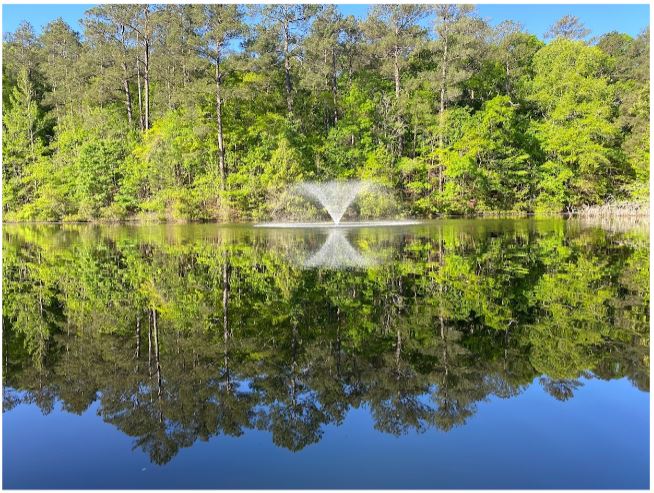
What Does a Healthy Lake Look Like?
What does a healthy lake look like?
A healthy lake is a very general term, as every lake is different with its goals and strategies.
Therefore, a healthy lake means different things to different people. Each lake has a unique ecosystem that is managed differently. Let’s look at what makes up a healthy lake.
A few things a lake owner can look at to make sure their lake is healthy and in great shape is evaluating water quality, lake nutrients, aquatic vegetation/algae growth and aeration. Having routine water quality testing performed is also key. Read more about our services here. Lake Management Services at AES
Water Quality and a Healthy Lake
Water quality is the foundation for maintaining a healthy lake. Therefore, maintaining proper alkalinity, pH, water clarity, and dissolved oxygen levels are the most important water quality parameters to manage.
Having AES inspect your lakes’ water quality is a great way to get a baseline of your lakes overall health. Our team can take an in-depth look at all of your water quality concerns or needs to keep your lake at healthy and appropriate levels. For instance, we can start with checking basic water quality parameters such as alkalinity, pH, water clarity, and dissolved oxygen. Additionally, AES can measure the nutrient levels, identify, and determine biomass of plankton and cyanobacteria, as well as test for cyanobacteria levels, plankton production and E. coli.
After collecting our data, AES will develop a strategic management plan tailored to your management goals.
Lake Nutrients and Fish Production
Other important water quality parameters to monitor for a healthy lake are nutrients (nitrogen and phosphorus). Routine monitoring of the nutrient levels is critical for those managing a trophy fishery, aesthetics and everything in between. Elevated nutrient levels, especially phosphorus levels, will more often than not, lead to excessive vegetation or algae growth. When this happens, a mitigation program is required to maintain a healthy lake.
For lake owners who want to manage for a trophy fishery, increasing the nutrient levels via a fertilization program will be needed if the lake naturally has limited nutrient levels. With proper fertilization you can increase the fish production in the lake and produce 200-300 more lbs. of fish /acre. Helping you maximize your fish production is something we are passionate about.
Algae and Vegetation
Algae and vegetation growth are also important to monitor and manage for your lake’s health. Depending on the management goals, maintaining some vegetation growth, or eliminating all vegetation growth may be part of the management strategy. The key here is that it must be managed. If not managed properly, or if nuisance species become abundant, algae and vegetation can becomes a big problem. Lakes provide their own individual characteristics and require a management plan customized to those characteristics.
Utilizing phosphorus binding products to reduce phosphorus levels along with algaecide treatments may be the best plan of attack for one lake. Whereas establishing and managing vegetation growth to absorb nutrients and reduce algae blooms may best for another. Because of this, AES takes the approach of assessing the lake and developing a management program customized for the lake. We then implement that plan.
Aeration
Having proper aeration in your lake can significantly improve your water quality and overall aesthetics to your lake. Proper aeration also contributes to your lake's health. Adding bottom diffused aeration to a lake will improve the dissolved oxygen levels throughout the water column by properly mixing the water throughout the lake.
Bottom diffused aeration systems will eliminate stratification throughout the summer months. Bottom diffused aeration systems will increase habitable water allowing fish to utilize the entire water column during the summer months. Improving oxygen levels throughout the entire water column allows for breakdown of organic matter by aerobic bacteria at the lake bottom which can reduce nutrient loading in the lake and possible algae blooms.
Adding surface aeration or fountains to a lake can improve the dissolved oxygen levels and provide an aesthetically pleasing look. Improving dissolved oxygen levels will provide the fish a less stressful environment and reduce the chances of fish kill due to low oxygen levels.
See our video on Lake Aeration
Summary
So, what does a healthy lake look like? Well, it depends on your goals for your lake whether that is maximizing fish production or maintaining water that is safe for swimmers and sunbathers. Above all, our goal is to help lake owners understand what it takes to make their lake as healthy as possible and achieve your lake management goals.
